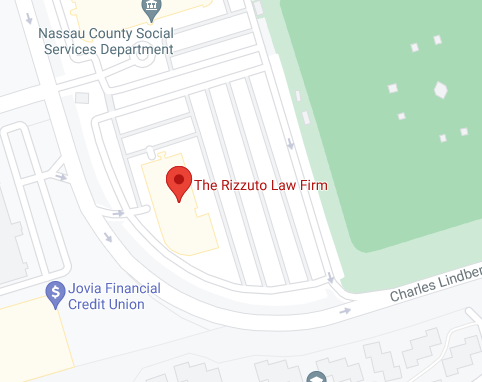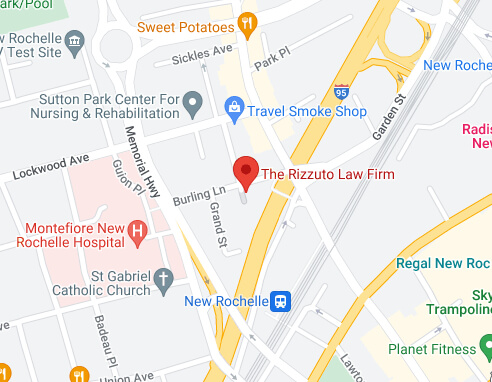Do Most Car Accident Lawsuits Go to Trial in New York?
Car accident cases fall under the large umbrella of personal injury cases. The vast majority of personal injury cases, as much as 95%, are settled out of court rather than proceeding to trial. This is often beneficial for both sides of the case, as cases that go to court tend to take longer to resolve, can be more costly, and can have a higher level of risk for both sides because court judgments can be unpredictable. The person filing the lawsuit, known as the defendant, may not receive the damages they hoped for. The flip side is that the ones being sued, known as the defendants, may pay out more than they expected or receive bad press coverage. That’s why many lawsuits are settled before getting into a courtroom.
However, there are cases when the plaintiff and defendants can’t negotiate a mutually agreeable settlement, and those cases will go to court. Here are some things to expect and factors that can affect the outcome if that happens.
Is Filing a Claim the Same Thing as Filing a Lawsuit?
No. A claim is filed against the defendant’s insurance company and possibly the plaintiff’s, depending on the circumstances of the case. This opens up the possibility of negotiation that may lead to a settlement. If the first rounds of negotiations (there may be several) aren’t successful, the plaintiff may file an appeal with the insurance company. If that doesn’t work, they may file a lawsuit, which becomes a legal procedure. That, too, may end in negotiating a settlement.
What Is Required to Prove Guilt in a Car Accident Lawsuit in New York?
In New York, the guiding legal principle for a successful car accident lawsuit is the concept of negligence. New York law requires four aspects of negligence to be present and proven for the lawsuit to succeed.
- Duty of care. The defendant owed the plaintiff a duty of care. That means the defendant should have been driving safely and not in a way that could lead to an accident.
- Breach of duty of care. The defendant didn’t honor the duty of care.
- Causation. Because the defendant didn’t abide by the duty of care, they caused an accident that led to the victim’s injuries. This can be the most difficult to substantiate.
- Damages. The victim suffered actual harm and damages, usually of a financial nature, such as out-of-pocket medical bills, lost wages, or car repairs.
Working with an experienced car accident attorney is highly advisable to prove all four aspects of negligence in court.
How Does New York’s Comparative Negligence Laws Affect the Case?
Across the U.S., different states have varying laws regarding what’s known as comparative negligence. Comparative negligence is something brought up when more than one party could be responsible for the accident. For example, if the defendant was driving while under the influence (DUI) and struck the plaintiff, but the plaintiff was turning right on a red light, the plaintiff may be found partly responsible for the accident.
New York follows pure comparative negligence laws. That means even if the defendant is found 99% responsible for the accident, they can still receive 1% of any damages awarded to them. In the example above, suppose that the defendant is found 40% responsible for the accident and is awarded $20,000. They’d receive an award of $12,000, or $20,000 minus 40%. For this reason, the plaintiff’s lawyers will work hard to shift as much blame onto the defendant as possible.
What Happens When a Case Goes to Trial?
Once a lawsuit is filed, there can be a lengthy period of background work, where the attorneys for each side gather evidence through reports, depositions (interviews with relevant parties), and other methods. This process is known as discovery, allowing the attorney to build their cases.
Once discovery is complete, there is often another round of settlement negotiations. If that fails, another common step is for the plaintiff to file a motion asking the judge to rule in their favor while the defendant files to dismiss the case.
The judge will dismiss the case or allow the lawsuit to proceed. Then, both parties will present their sides of the story. At this point, both are at risk. Your attorney may have some idea of how the case will end, but until the judge or jury rules, no one knows for sure.
Either side can appeal the ruling if there’s legal cause, such as valid testimony that wasn’t allowed in.
What Should I Do if I Need to File a Car Accident Lawsuit in New York?
Even if you feel fine, see a doctor as soon as possible after the accident. Some injuries don’t show symptoms at first. If they’re not diagnosed and treated, they can worsen.
Then call the Rizzuto Law Firm as soon as possible at 516-622-0606 for a free case evaluation. Car accident claims and lawsuits can be complex, especially if they need to go to court. We can guide you through the specifics of your case and provide advice on what’s potentially the best approach.
Something you shouldn’t do is begin to communicate with the defendant’s insurance representatives or lawyers. They aim to either put as much fault for the accident as possible onto you or convince you to accept a low settlement. If they try to contact you, don’t respond, but forward the communications to your attorney.





